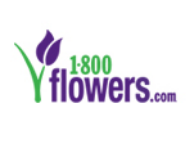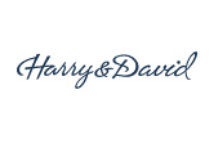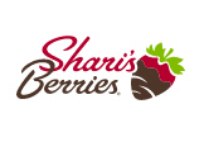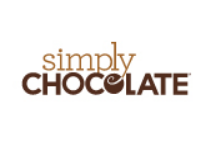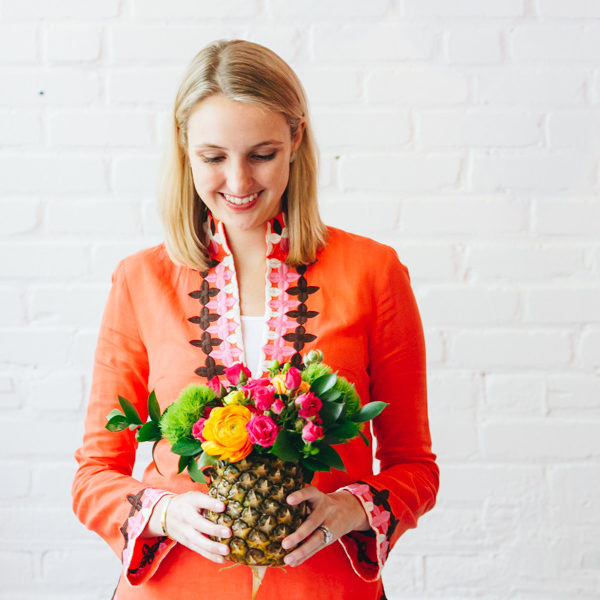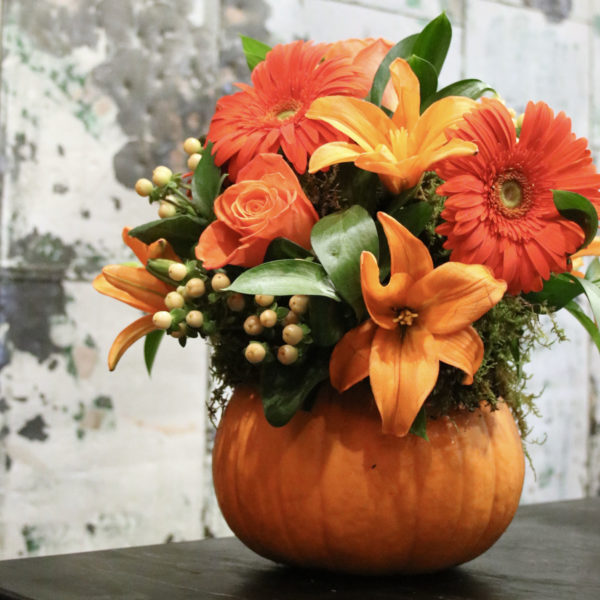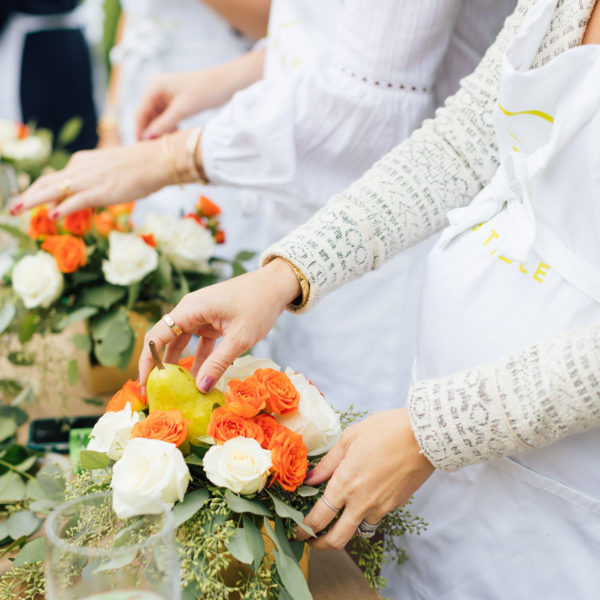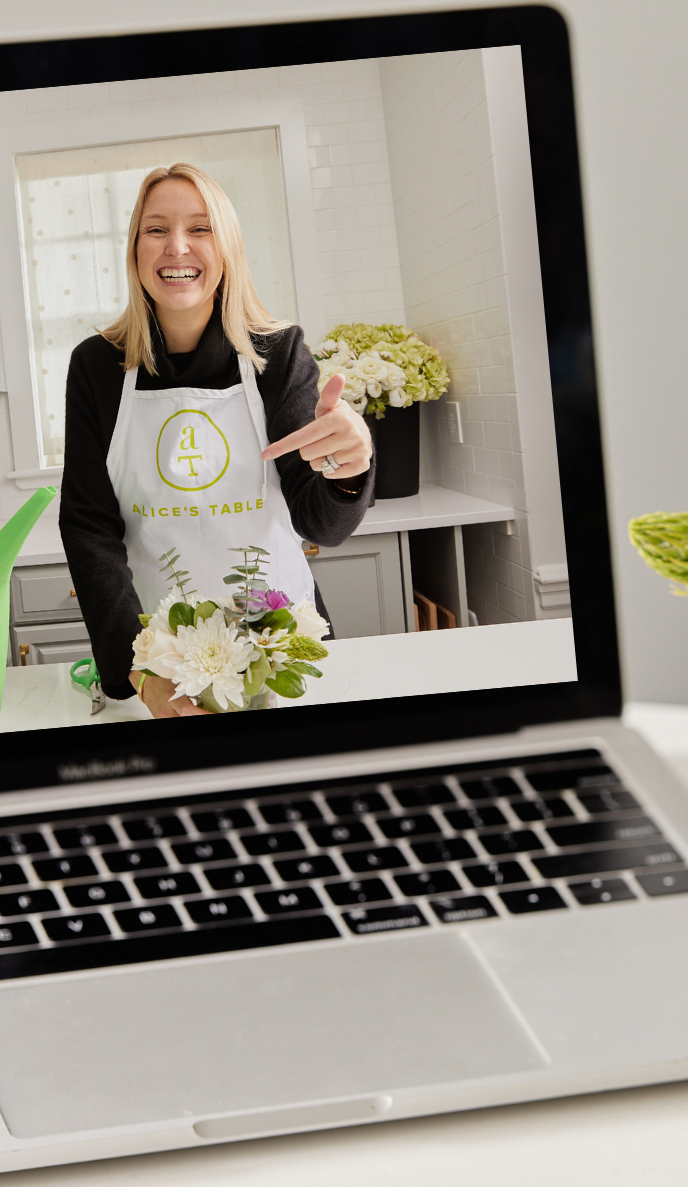
Our never-fail plan will have you nailing a gorgeous flower arrangement every time.
Head to your local florist, flower market, or grocery store to see what’s good—then supplement with some freebies from your own backyard. You’ll need greens, a handful of kabloom focal flowers, and plenty of pretty filler. As you’re choosing, palette should definitely come into play: A tightly edited color scheme—just whites and greens with hits of yellow, just pinks and oranges, just purples and maroons—looks tres chic. But while palette should be cohesive, shape and texture can be downright willy-nilly: a mix of tightly compact, sweeping, feathery, and tall.
Once home, consider your options (keeping in mind the height, volume, and vibe of your flowers), and think outside the vase—pitchers, cocktail shakers, and even a plain old bowl can do the trick beautifully. Pro tip: Opaque vessels. Seems like a no-brainer but they hide ALL the behind-the-scene cheats.
Snip those stems at a 45-degree angle, and strip away all leaves that will fall below the water line to cut down on that nasty bacteria that causes flower wilt.
Foliage stems create a grid of sorts that will help stabilize everything else to come. Put your romantically drooping greens in front (think sweet-pea tendrils, ferns, potato vine) and just like school pictures, the taller kids go in the back (think ruscus, eucalyptus, bells of Ireland). Asymmetry is always good because nobody’s perfect—not even Mother Nature. Bonus points: Using a flower frog. Depending on the vessel, florists frequently anchor stems into flower frogs so nothing shifts as more blooms are being added.
Now’s the time to place your leading ladies: the dinner-plate dahlias, the hydrangeas, the David Austin roses, the peonies. Odd numbers of flowers work best, and varying their height adds depth to the arrangement.
These are the spray roses, the carnations, the hypericum, the craspedia. They provide additional color, stability, and volume to your arrangement. Nestle them around the foliage and focal flowers, clustering them a bit as you go for maximum visual impact.
- A trio of bud vases clustered together with a piece of greenery and one to two blooms in each.
- A big bunch of just one flower type.
- A single flowering branch in a pretty vessel.
If you want hands-on practice, come to one of our fun flower-arranging events to guarantee that your next DIY arrangement knocks it out of the park.
